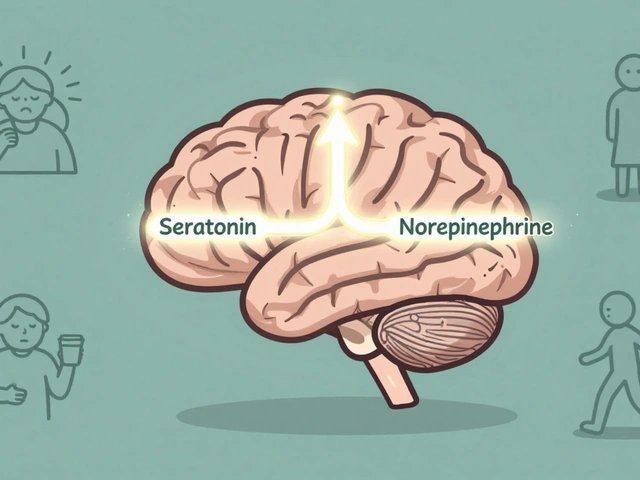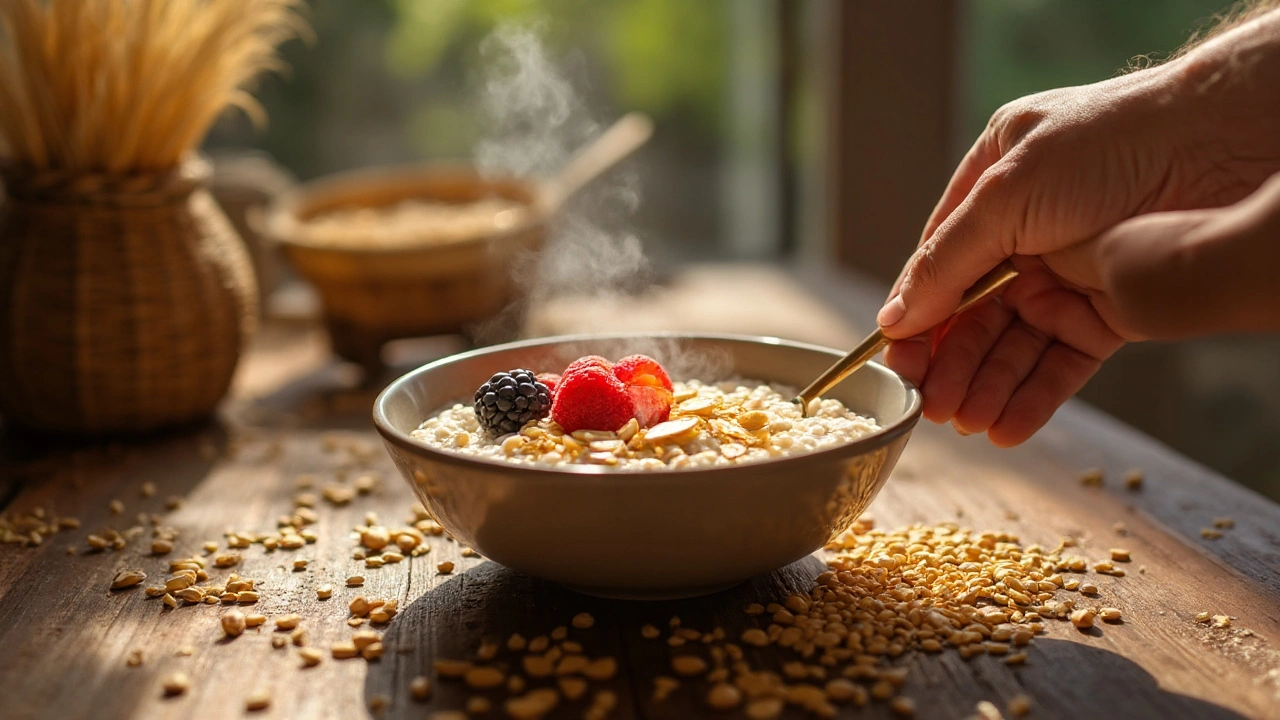Barley Health Benefits: Simple Ways This Grain Helps Your Body
Barley is one of the oldest grains we eat, and it still packs a serious health punch. It’s cheap, easy to find, and can slip into soups, salads, or even breakfast bowls without stealing the spotlight. Below you’ll see why adding barley to your diet is worth a try.
Nutrient Profile That Packs a Punch
One cup of cooked barley gives you about 6 grams of fiber, most of it soluble beta‑glucan. This soluble fiber forms a gel‑like coating in your gut that slows sugar absorption, which helps keep blood glucose steady after meals. That same gel also binds cholesterol, letting the body excrete it more efficiently – a natural way to support heart health.
Beyond fiber, barley supplies a solid dose of magnesium, selenium, phosphorus, and B‑vitamins. Magnesium helps muscle function and keeps heart rhythm regular, while selenium acts as an antioxidant that protects cells from damage. The grain’s low glycemic index means it won’t spike your insulin, making it a friendly option for those watching their sugar levels.
How Barley Supports Everyday Wellness
Heart health. Studies show that the beta‑glucan in barley can lower LDL (“bad”) cholesterol by up to 10 % when you eat a few servings a week. Lower LDL means reduced risk of plaque buildup and a healthier artery system.
Gut health. The mix of soluble and insoluble fiber feeds good bacteria, encouraging a balanced microbiome. A happy gut improves digestion, reduces bloating, and can even boost mood thanks to the gut‑brain connection.
Weight management. Because fiber slows digestion, you feel full longer after a barley‑based meal. That satiety helps curb snacking and supports steady weight loss without feeling deprived.
Blood sugar control. The low glycemic impact of barley, combined with its fiber, blunts the rise in blood sugar after meals. For people with pre‑diabetes or type 2 diabetes, swapping refined grains for barley can make a noticeable difference.
Bone and immune support. Magnesium and phosphorus are key for strong bones, while selenium helps the immune system stay alert. Regular barley intake can therefore contribute to sturdier skeletons and a more resilient immune response.
Incorporating barley is easier than you think. Cook a big pot of pearl barley and freeze portions for quick add‑ins to soups or stews. Use barley flakes as a crunchy topping for yogurt, or blend cooked barley into a smoothie for extra thickness and nutrition. If you prefer a grain‑free vibe, try barley flour in pancake batter for a nutty flavor and extra fiber.
Bottom line: barley offers a rare combo of heart‑friendly fiber, essential minerals, and a low impact on blood sugar. It’s a versatile, affordable grain that can quietly boost your health day after day. Give it a try in your next meal and feel the difference for yourself.



